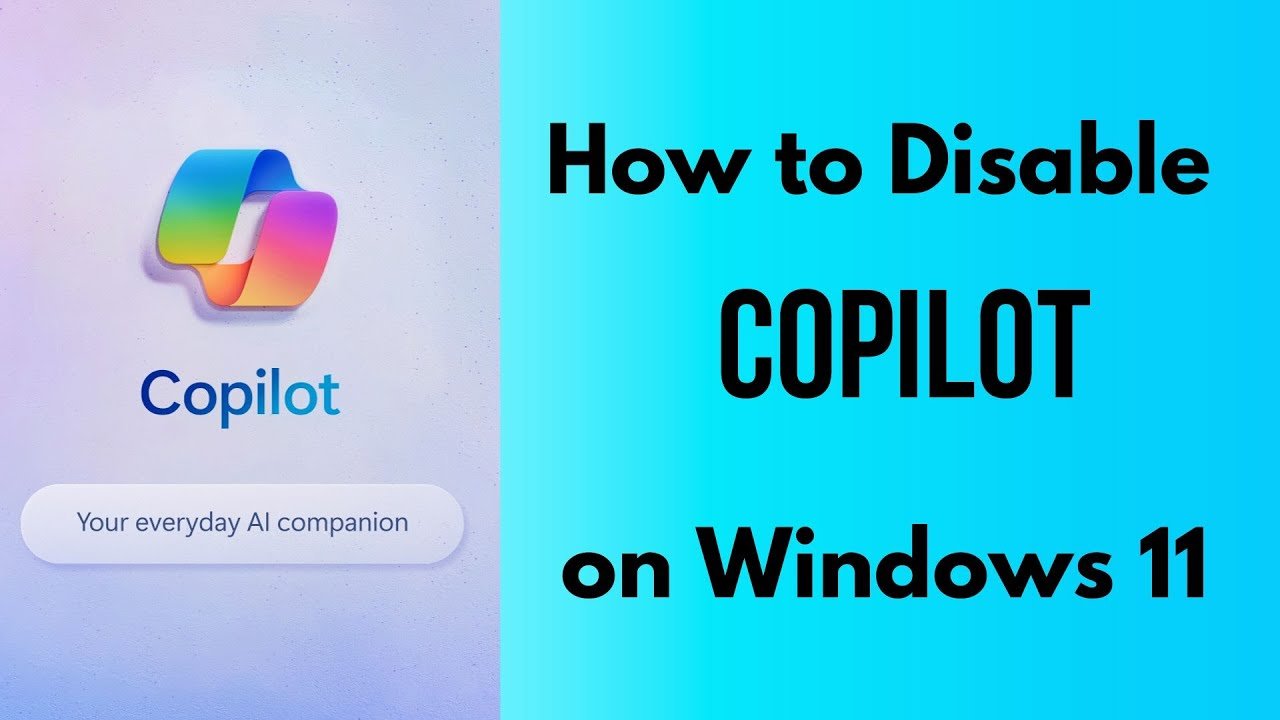Microsoft recently introduced Copilot, an AI assistant powered by OpenAI ChatGPT, as a new feature in Windows 11. While Copilot offers assistance similar to a digital assistant, some users may prefer not to use it for various reasons.
Whether it’s privacy concerns, finding it disruptive, or simply preferring other assistants, disabling Copilot is straightforward. In this article, we’ll explore two methods to turn off Copilot in Windows 11, giving users the freedom to customize their experience according to their preferences.
Reasons to Disable Copilot
Before delving into the methods, let’s understand why some users might choose to disable Copilot:
- Privacy Concerns: Copilot utilizes AI models that analyze user data for improvement, which may raise privacy concerns for some users.
- Interruptions: Copilot suggestions may interrupt workflow rather than enhance it, leading users to find it more annoying than helpful.
- Preference for Other Assistants: Some users may prefer using other digital assistants like Alexa or Siri, making Copilot redundant.
- Resource Conservation: Copilot consumes CPU and memory resources, and users on lower-powered machines may prefer to disable it to conserve resources for other tasks.
- Expert Users: Expert users who don’t require AI recommendations may find Copilot distracting rather than useful.
Now, let’s explore the methods to disable Copilot:
Method 1: Removing Copilot Icon from Taskbar
If you only wish to remove the Copilot icon from the taskbar, follow these steps:
Step 1: Open Settings and Navigate to “Personalization”
- Open the Settings app and click on “Personalization” in the sidebar.
Step 2: Select “Taskbar”
- Scroll down in the Personalization settings and select “Taskbar.”
Step 3: Toggle Off “Show Windows Copilot”
- Toggle off the switch next to “Show Windows Copilot.” This action removes only the Copilot icon from the taskbar.
Method 2: Fully Disabling Copilot in Windows 11
To completely disable Copilot system-wide, follow these steps:
Step 1: Launch Group Policy Editor
- Click the Start menu, search for “gpedit,” and launch the Group Policy Editor app.
Step 2: Navigate to “Windows Copilot” in Group Policy Editor
- In the left pane of the Group Policy Editor, navigate to: User Configuration > Administrative Templates > Windows Components > Windows Copilot.
Step 3: Double Click “Turn Off Windows Copilot”
- Double click the “Turn off Windows Copilot” policy.
Step 4: Select “Enabled” > “Apply” > “OK”
- Choose “Enabled,” click “Apply,” then click “OK.” This action fully disables Copilot.
Re-Enabling Copilot
If you ever wish to re-enable Copilot after disabling it, repeat the steps above but choose “Not Configured” or “Disabled” instead of “Enabled.”
Final Thoughts
Disabling Copilot in Windows 11 is a simple process that allows users to optimize their experience based on personal preferences and workflow. Whether you choose to remove the icon from the taskbar or disable the assistant entirely, the choice is yours. While Copilot may benefit some users, providing options to enable or disable built-in apps and services like Copilot ensures that users can tailor Windows 11 to suit their individual needs.
Also Read: Rashtriya Ekta Diwas: Celebrating Unity in Diversity
Also Read: India vs England 2024: A Tale of Two Tests and a Thrilling Third Act
